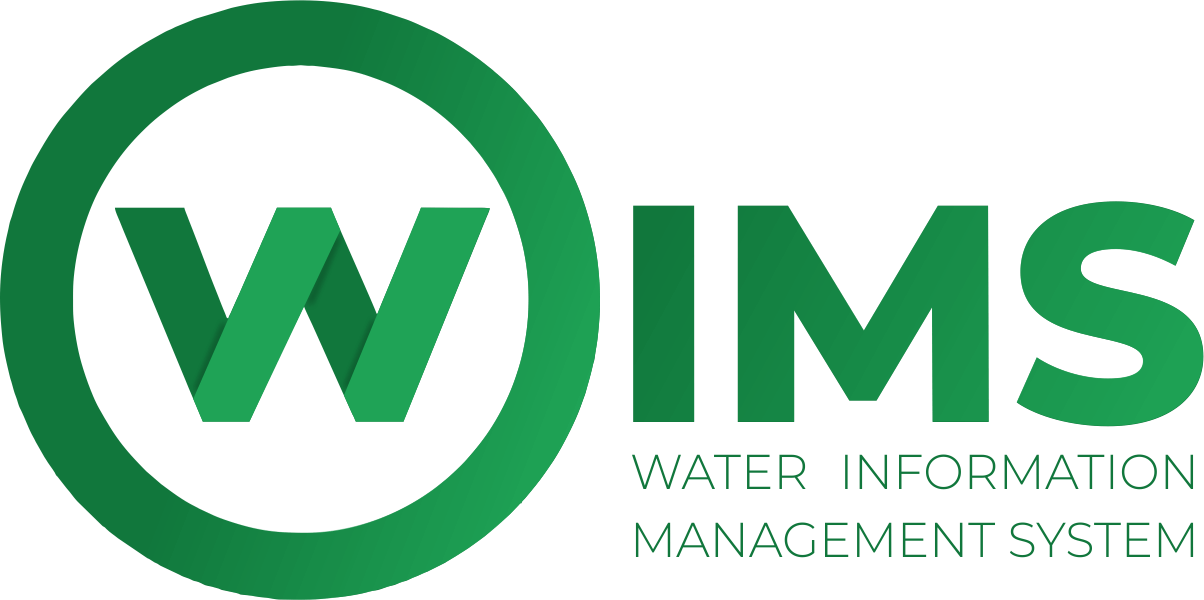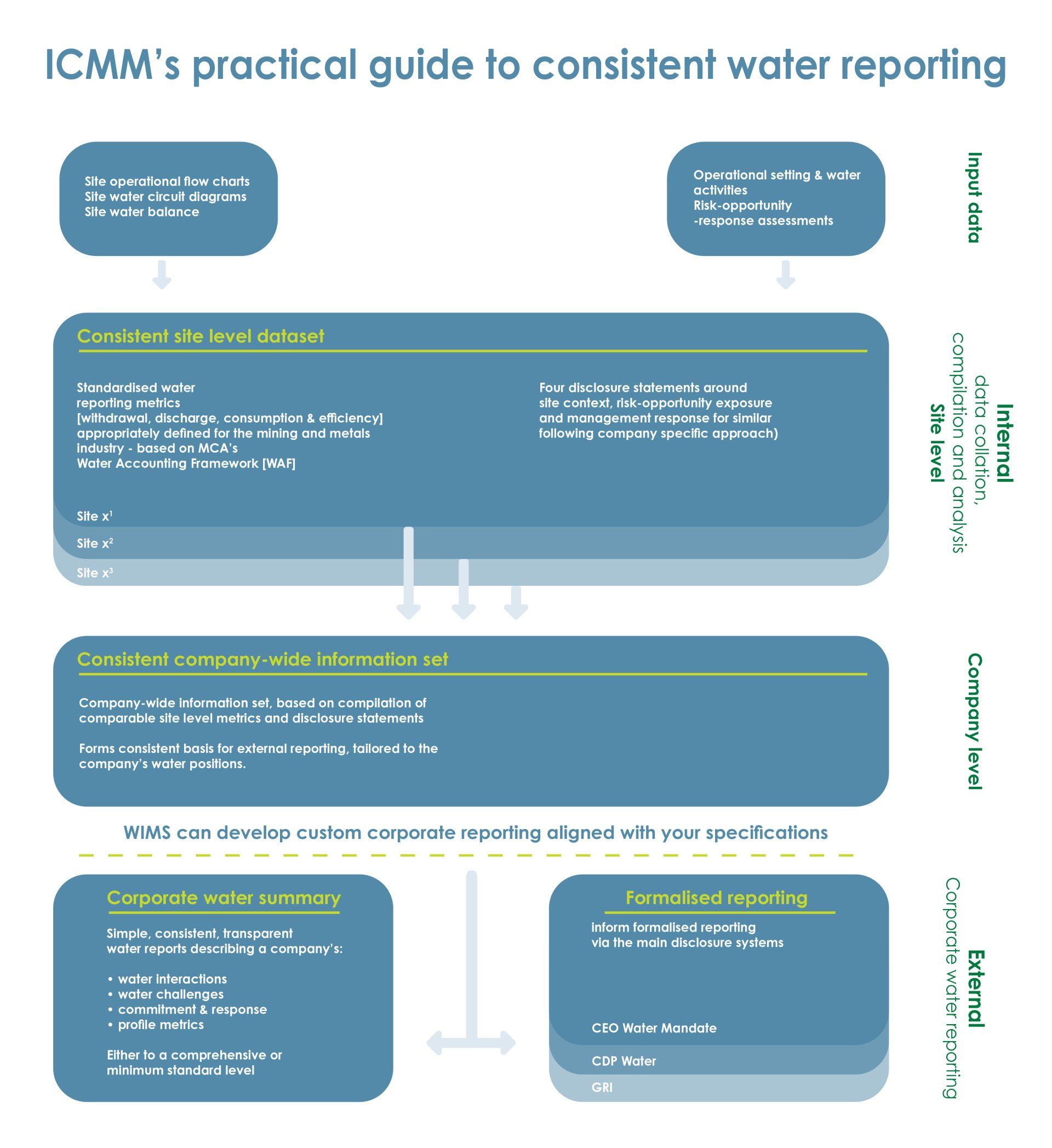Water Balance
The importance of mine water balancing and accounting
A mine water flow/ water balancing evaluation is an important requirement done for most/all mine sites. The mine water balance evaluations are not only based on engineering requirements with regards to to size pipes and reservoirs but also for real-time water management and planning.
Mine water and waste mass balances are the drivers behind water-related environmental impacts. These balances need to be evaluated, managed and optimised in an integrated system that is easy-to-use and understand. Why? Because it will provide important management information and result in insightful input into the mine’s operational planning and water conservation processes.
WIMS is an Information Management System for water users and professionals. This diverse system can be utilised as a consistent and secure site level relational database to simplify and streamline operational management and planning.
An all-in-one-system
WIMS is not only designed to accommodate the spatial mine water balance flow components on a canvass for user-defined flow diagrams, but also backs up these diagrams with a graphics-driven input system for water flows and chemical quality data.
WIMS also seamlessly integrates your mine water (dewatering, tailings etc.) data with groundwater data using management constraints on both flow and quality data.
Mine water data flow components
The WIMS mine water balance has the following components and features: (please add screenshots of figures):
• Mining water flow components diagram.
• Precipitation data and graphs.
• Reservoir & dams water levels and volumes.
• Tailings facilities.
• Water quality.
• Relational database that serves as a historian for mine water data.
How it works...
A lifetime mine water management system requires an integrated and dynamic approach. WIMS follows a system approach by integrating mine water and salt mass management principles.
1. Firstly,
WIMS accommodates and aggregates water flow and chemistry data such as:
• rainfall;
• water levels;
• flow meters;
• borehole logs;
• aquifer water levels;
• borehole abstraction rates; and
• water chemistry.
2. Secondly,
WIMS compiles a water balance for accounting purposes.
Did you know?
WIMS can also report against water volume and quality constraints such as water use license/permit conditions or catchment management objectives.
3. Thirdly,
WIMS uses the same dataset to compile a consistent company-wide information set necessary for the corporate water summary and formalised reporting.
WIMS is ICMM-aligned!
WIMS is aligned with the International Council for mining and metals (ICMM) practical guide for consistent water reporting. The guideline suggests that:
“A fundamental component of achieving consistent external water reporting is having an underlying internal company-wide information set that adequately captures the diverse range of operational contexts, water practices, water metrics, risk-opportunity exposures and management responses occurring across a company’s operational portfolio. “
WIMS connects the relational water data historian with a user-friendly graphics driven canvass, which is capable of storing and reporting on all mine water flow and chemistry data.


